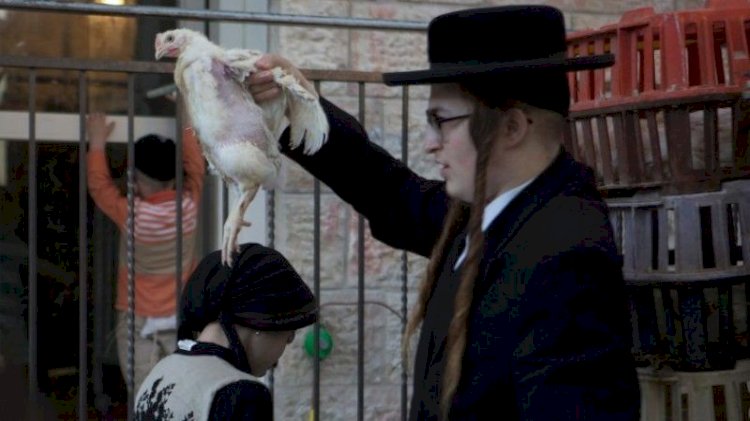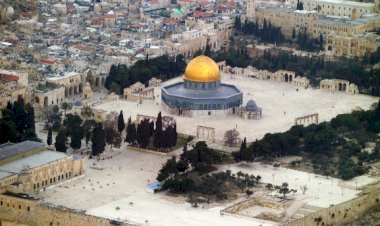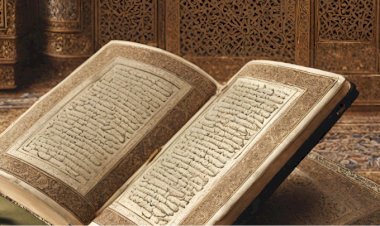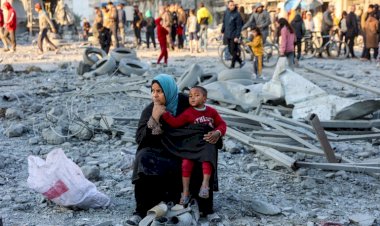Extremist Chabad Movement in the Golan Heights: A Tool for Israel's Territorial Expansion
In the aftermath of the Syrian regime's collapse, the extremist Hasidic Jewish movement Chabad has asserted its presence in the Golan Heights. This unprecedented development saw the performance of Talmudic rituals in the Syrian village of Hadar, a location now within the buffer zone under Israeli occupation. The establishment of a Chabad House in Hadar underscores the movement's extremist agenda, combining global religious influence with territorial ambitions.
Chabad-Lubavitch was founded in 1775 by Rabbi Shneur Zalman in Belarus. Originating in the village of Lubavitch, the movement has grown to become one of the most influential Hasidic sects, with its ideology rooted in the Kabbalistic principles of wisdom, understanding, and knowledge. Now headquartered in Brooklyn, New York, Chabad operates in over 110 countries, with thousands of followers worldwide.
The movement focuses on promoting Jewish identity and education, offering lessons, workshops, and religious support to Jewish communities globally. Chabad's official philosophy emphasizes the spiritual and material welfare of Jews while advocating for the retention and expansion of Jewish settlements, particularly in historically occupied regions.
Following the fall of Bashar al-Assad's regime, Israel expanded its control over the Golan Heights, including the buffer zone initially established under the 1974 Separation of Forces Agreement. In this context, Chabad’s establishment of a religious house in Hadar has been lauded by its followers as a historic milestone, alarming further occupation of Arab-Islamic territories .
The rituals conducted in Hadar were accompanied by recitations from Hatania, the foundational text authored by Rabbi Shneur Zalman. This book outlines Chabad's ideological framework, which calls for Jewish settlement in sacred territories and views non-Jews in explicitly negative terms. These actions align with Chabad's rejection of peace agreements involving territorial concessions and its advocacy for the continued expansion of Jewish settlements.
The Golan Heights, with its mixed population of Jewish settlers, Druze, Alawites, and others, remains a contentious region. By establishing a presence in Hadar, Chabad reinforces Israeli claims over the area while promoting its religious and political ideologies. Videos circulated by Israeli media highlighted the symbolic significance of these rituals, with movement leaders describing the event as a victory for Jewish reclamation efforts.
The Golan Heights' occupation reflects broader Israeli strategies of settlement expansion, with Chabad playing a significant role in solidifying these claims. The region now includes 33 settlements under the Golan Regional Council, with Katzrin serving as the area’s administrative center.
Beyond the Golan Heights, Chabad's global network includes approximately 3,500 religious houses offering Jewish education and support. While its charitable and community-building efforts have garnered praise, the movement has faced criticism for its hardline ideological stance. Chabad rejects the notion of "land for peace," viewing territorial concessions as a threat to Jewish sovereignty.
The movement's influence extends into political spheres, exemplified by Jared Kushner's financial support and his role in formulating the "Deal of the Century." This plan, which reinforces Israeli control over occupied territories, aligns with Chabad's long-standing advocacy for settlement expansion and its skepticism toward peace agreements with Arab states.
Chabad's activities in the Golan Heights illustrate plans extremist Jewish organizations for territorial expansion. As Israel consolidates its control over the region, movements like Chabad play a critical role in reshaping the demographic and political landscape. By establishing religious houses in newly occupied territories, the movement reveals that its intention is not limited to spiritual mission but to reinforce Israel’s geopolitical strategies.
The recent release of a "Greater Israel" map by Israel's Ministry of Foreign Affairs, which includes parts of Jordan, Lebanon, and Syria, alongside incidents in the Golan Heights involving Chabad, reveals the true intentions of Israel. With Trump's presidency, it is likely that Zionist forces will intensify their efforts toward the realisation of a “Greater Israel.”
For more related articles:
Gaza Calls for Justice: Israeli Organ Trafficking Demands Global Attention
Iran-Israel Tensions: The Unfolding Crisis and Its Regional Impact
Disclaimer
The views expressed in this article are the author’s own and do not necessarily mirror Islamonweb’s editorial stance.
























Leave A Comment